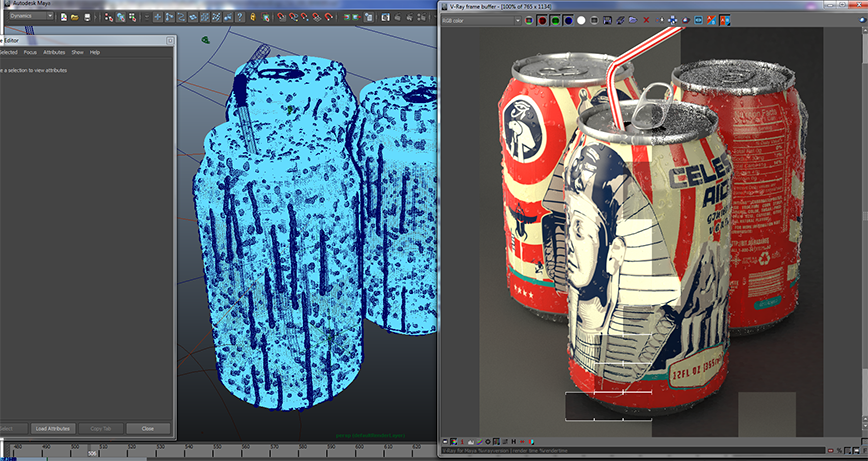
My Rendering Power
I own four powerfull workstations built specifically for 3D rendering. Each station has a multi-core powerfull processor with 32GB RAM, advanced graphics card and two SSD hard-drives.What is a rendring enging?
A rendering engine is a software package for processing mathematical data of a graphical model designed on designated modeling software. The engine turns the math data from design mode to a vivid visual file that can run on almost any display media.
 V-Ray rendering Engine screen - in action
V-Ray rendering Engine screen - in action
Models on designated modeling software like Studio Max, Maya etc' store a complex of mathematical algorithms of the designed model, yet their ability to display the models is very poor and limited. Modeling software provides the designer with sufficient visual display to perform his work and see what he is doing, but no more than that. In order to view the actual vivid outcome of the modeling design, one must render the model with a rendering engine.
rendering engines contain a huge amount of assimilated visual knowledgebase. It calculates how light is hitting a particular surface and how it is reflected, it handles shadows and transparencies, coloring, materials and so on.
There are two types of rendering engines. Real Time and Off-line. Real time rendering engines process the graphical data in real-time and present the processed data immediately. These engines are mostly used for electronic gaming. The Real Time rendering engines use low-poly data, in-order to work fast enough for prompt gaming action.
The off-line rendering engines operate mostly for 3D modeling and animation videos produced for non-interactive media, such as feature films and videos. They undergo a much slower render process. rendering 3D graphics that are not executed in real time, greatly enhances the computing power to obtain significantly higher image quality.
In this technique, the rendering of individual frames may take from a few seconds in very simple scenes up-to several hours for very complex scenes. The frames created in this process are stored on the hard drive, and then, when the rendering process is complete, one can combine them with other media, such as a movie or an optical disc. The frames created in this process for animated videos are shown in a relatively high sequence (typically 24, 25, or 30 frames per second) to achieve motion illusion.
